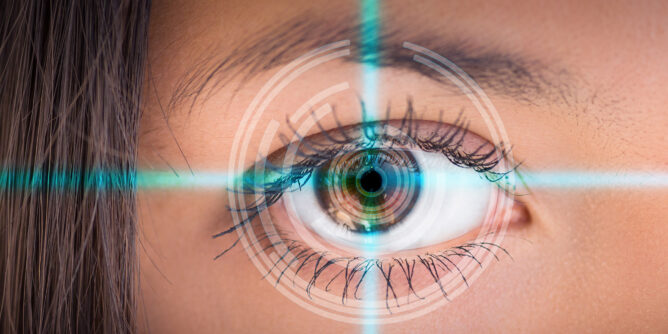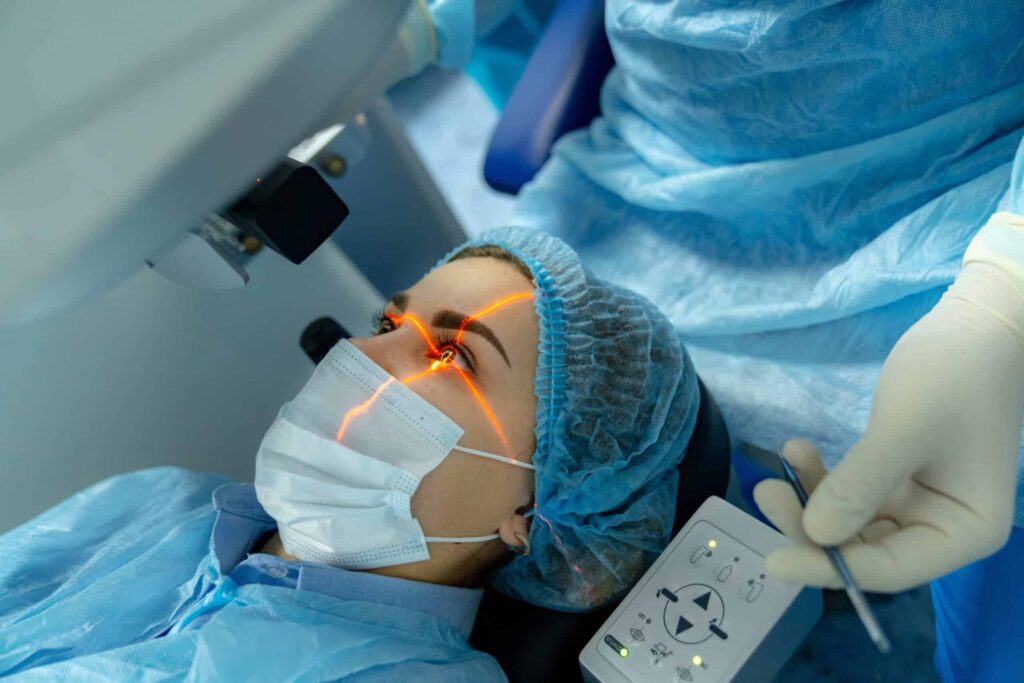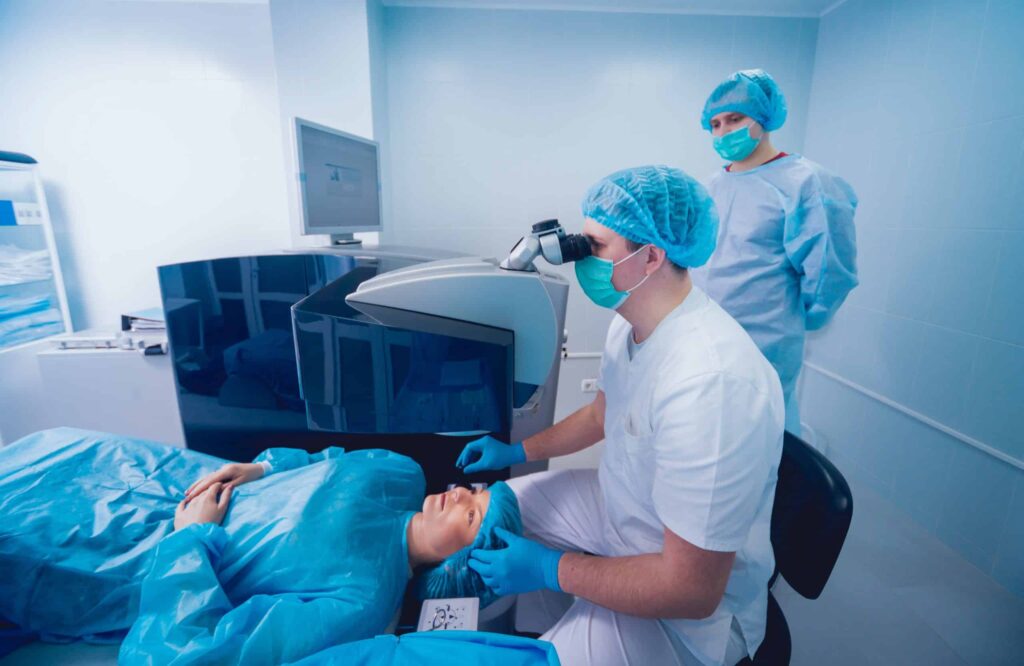
Laser eye surgery has become a popular choice for individuals seeking clear and precise vision without the need for glasses or contact lenses. With advanced technology and skilled surgeons available in Sydney, many are now considering this effective solution. This article will delve into the various aspects of laser eye surgery, including its science, different types, preparation, and post-operative care, to help you make an informed decision.
Understanding Laser Eye Surgery
Laser eye surgery encompasses several procedures aimed at correcting vision problems by reshaping the cornea, the clear front part of the eye. By doing so, it enhances the eye’s ability to focus light effectively. The surge in popularity of these procedures can be attributed to their high success rates and the minimal recovery time involved. With advancements in technology, Sydney eye clinic surgery has become more accessible and affordable, leading to an increase in the number of individuals opting for these life-changing treatments.
The Science Behind Laser Eye Surgery
At the core of laser eye surgery is the use of advanced laser technology to reshape the cornea. The specific technique utilized depends on the patient’s individual condition. The laser precisely removes tissue from the cornea to either flatten it (for nearsightedness) or steepen it (for farsightedness). For astigmatism, the laser can smooth out irregular corneal shapes, ensuring light is focused correctly onto the retina. The precision of these lasers is remarkable, often operating within a few microns, which allows for a highly personalized approach to vision correction.
The procedures generally begin with an eye examination and mapping of the cornea, helping the surgeon to develop a customized surgical plan. This precision is key to achieving optimal outcomes for each patient. Additionally, many clinics now utilize wavefront technology, which creates a detailed map of how light travels through the eye, allowing for even more tailored adjustments during surgery. This cutting-edge approach can address not only refractive errors but also higher-order aberrations that may affect visual quality.
Benefits of Laser Eye Surgery
One of the most significant advantages of laser eye surgery is its ability to provide quick and effective vision correction. Many patients enjoy improved vision shortly after the procedure, with some even experiencing life-changing results. Other benefits include:
Reduced reliance on glasses or contact lenses.
Minimal recovery time, allowing most patients to return to normal activities within a day or two.
Long-lasting results, with many individuals enjoying clarity of vision for years to come.
Improvement in quality of life, as activities like sports and travel become more accessible without the need for corrective lenses.
Moreover, laser eye surgery can be particularly beneficial for those with active lifestyles or professions that require excellent vision, such as athletes, pilots, and emergency responders. The freedom from glasses or contacts not only enhances day-to-day convenience but also boosts confidence in both personal and professional settings.

Potential Risks and Complications
While laser eye surgery is generally safe, it is essential to consider potential risks and complications. Some patients may experience temporary symptoms such as dry eyes, glare, or halos around lights, particularly at night. In rare cases, more severe complications, including infection or vision loss, can occur. Understanding these risks is crucial, as they can vary based on individual health factors and the specific procedure performed.
However, with proper screening and choosing a qualified surgeon, the risks can be minimized significantly. It is crucial to discuss these risks during the pre-surgery consultation and ensure that the procedure is suitable for your specific needs. Surgeons often provide detailed information about the likelihood of complications and the measures in place to mitigate them, helping patients make informed decisions about their eye health. Additionally, ongoing advancements in laser technology continue to improve safety and efficacy, making laser eye surgery an increasingly reliable option for vision correction.
Different Types of Laser Eye Surgery
Several types of laser eye surgeries are performed in Sydney, each designed to address specific vision issues. Understanding these options can help you choose the procedure that best aligns with your eye condition and lifestyle preferences.
LASIK: The Most Common Procedure
LASIK (Laser-Assisted In Situ Keratomileusis) is the most widely performed laser eye surgery worldwide. This procedure involves creating a thin flap in the cornea, which can be opened to allow the laser to reshape the underlying cornea before the flap is replaced. Most patients achieve significant vision improvement within a day after the surgery.
Due to its effectiveness and quick recovery time, LASIK has become a go-to choice for those with myopia, hyperopia, and astigmatism. However, not all patients are suitable candidates, particularly those with thin corneas or certain medical conditions. It’s essential for potential candidates to undergo a thorough pre-operative evaluation, which includes corneal mapping and a detailed assessment of their overall eye health. This ensures that the procedure is tailored to their specific needs and that they have realistic expectations about the outcomes.
PRK: An Alternative to LASIK
PRK (Photorefractive Keratectomy) is another type of laser eye surgery, ideal for individuals whose corneas are not thick enough for LASIK. In PRK, the outer layer of the cornea is removed completely before the laser reshapes the cornea beneath. While the initial recovery period is longer than with LASIK, patients typically achieve comparable results over time.
PRK may also be preferred for patients involved in contact sports, as there is no flap created that might become dislodged. Additionally, PRK has been shown to be effective for patients with higher degrees of refractive error, making it a versatile option. Post-operative care is crucial for PRK patients, as they may experience discomfort and blurred vision during the healing process. However, with proper management and follow-up care, many patients find the results well worth the wait. Learn more about PRK at https://www.urmc.rochester.edu/eye-institute/lasik/procedures/prk.aspx
SMILE: The Latest Advancement
SMILE (Small Incision Lenticule Extraction) is a newer procedure that offers a minimally invasive approach to laser eye surgery. During SMILE, a laser is used to create a small lenticule (a disc-shaped piece of tissue) within the cornea, which is then removed through a small incision. This technique preserves more of the corneal structure and may lead to less post-operative dryness and quicker recovery.
As research continues to emerge, many patients view SMILE as a promising alternative to the more traditional LASIK and PRK procedures. One of the key advantages of SMILE is that it typically results in less disruption to the corneal nerves, which can help maintain better tear production and reduce the risk of dry eye syndrome post-surgery. Furthermore, the small incision used in SMILE can lead to a lower risk of complications, making it an attractive option for those seeking a safe and effective solution for their vision correction needs. As technology advances, more eye care professionals are adopting SMILE, and ongoing studies are exploring its long-term outcomes and benefits compared to other laser procedures.
Preparing for Laser Eye Surgery
Preparation is a crucial step in ensuring a successful laser eye surgery experience. By following the guidelines and recommendations provided by your ophthalmologist, you can promote the best possible outcomes.
Initial Consultation and Eye Examination
Your journey to clearer vision begins with a thorough consultation with an eye specialist. During this consultation, a comprehensive eye examination will be performed to assess your vision, corneal thickness, and overall eye health.
This assessment is vital in determining whether you are a suitable candidate for laser eye surgery and which procedure would best meet your needs. Dependable specialists will also discuss your medical history, lifestyle, and vision goals to create a personalized treatment plan.
Pre-Surgery Guidelines
Once you are deemed a suitable candidate for surgery, your doctor will provide specific pre-surgery guidelines to follow. These may include:
Ceasing the use of contact lenses for a specified period as they can alter the cornea’s shape.
Avoiding makeup, creams, or lotions around the eye area on the day of surgery.
Arranging transportation to and from the clinic, as your vision may be blurred post-surgery.
Following these guidelines can significantly contribute to the success of your surgery.
What to Expect on Surgery Day
On the day of your procedure, you will arrive at the clinic with plenty of time to relax and prepare. The staff will guide you through the necessary pre-operative steps and answer any last-minute questions you may have.
The surgery itself typically takes around 15 to 30 minutes per eye. You will be given numbing eye drops to ensure comfort throughout the procedure. While you may feel some pressure during the operation, pain is generally minimal.
After the procedure, you will rest for a short period before your doctor evaluates your initial recovery. It is common to experience some temporary blurriness, but many patients notice immediate vision improvement. To read more about understanding lasik surgery click here.
Post-Surgery Care and Recovery
Caring for your eyes after surgery is essential for a smooth recovery. Adhering to the aftercare instructions can help reduce the risk of complications and promote optimal healing.

Immediate Aftercare Post-Surgery
After your surgery, you will likely be prescribed antibiotic and anti-inflammatory eye drops to aid in healing. It is crucial to use these medications as directed to minimize the risk of infection or inflammation.
Additionally, it is advisable to avoid vigorous activities and exposure to bright lights, swimming pools, or dusty environments for at least a week. Resting your eyes and allowing them to heal is paramount during this initial recovery period.
Long-Term Care for Your Eyes
Once the initial recovery is complete, ongoing care for your eyes remains vital. Regular follow-up appointments with your eye doctor will help track your healing process and ensure your vision continues to stabilize.
Incorporating a healthy lifestyle, including a balanced diet rich in vitamins A, C, and E, can further support your vision. Protecting your eyes from UV exposure with sunglasses and minimizing screen time can also contribute to long-term eye health.
Understanding the Recovery Timeline
The recovery timeline may vary based on the type of laser eye surgery performed and your specific healing response. For instance, LASIK patients often experience a swift recovery, returning to daily activities within a day or two. In contrast, PRK patients may take longer to appreciate their full vision, often experiencing gradual improvement over several weeks.
Understanding this timeline will help you set realistic expectations and plan accordingly. Engaging in open communication with your eye care provider during this process will ensure all your concerns are addressed and your recovery is managed effectively.
The journey towards clearer vision can be both exciting and daunting. By understanding the intricacies of laser eye surgery and what to expect, you can feel more at ease with the decision to undergo this life-enhancing procedure. With a wealth of options available in Sydney, achieving your vision goals is closer than you think.
Related : Best Laser Eye Surgery Procedures for Long-Lasting Results
